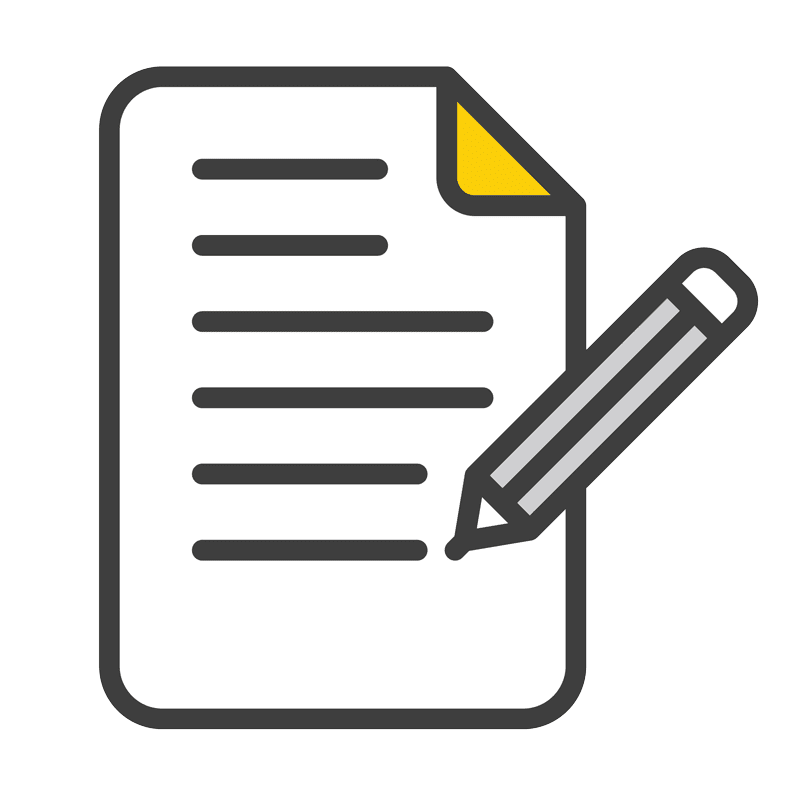Perfecting Proofreading: How to Edit Your Texts Effectively
Proofreading might not be the most glamorous part of writing, but it is undeniably one of the most crucial. A text riddled with typos, spelling mistakes, and grammatical errors, no matter how well written, can quickly lose its credibility. Here are some tips on how you can effectively proofread and edit your text:
1. Take a Break:
It’s always a good idea to take a break after you’ve finished writing and before you start proofreading. This can help you approach the text with fresh eyes, making it easier to spot mistakes and inconsistencies.
2. Read Aloud:
One effective technique is to read the text aloud. This not only helps you catch minor errors like missing or extra words but gives you a sense of your text’s rhythm and flow, helping you smooth out any awkward or choppy sentences.
3. Check for Consistency:
Ensure your text follows a consistent style throughout. This includes consistent use of tense, point of view, and voice (active or passive). Additionally, if you are following a specific style guide, make sure all of your citations, headings, and other formatting are consistent with it.
4. Focus on One Type of Error at a Time:
If you try to look for all different types of errors at once, you might end up missing a few. A more efficient method is to focus on one type of mistake at a time.
5. Print It Out:
Reading from a physical document as opposed to a screen can sometimes help you see errors more clearly. Plus, you can use a ruler or a piece of paper to guide your reading, helping you focus on one line at a time.
6. Enhance Your Grammar Knowledge:
The more you know about grammar, the easier it will be to spot errors. Consider learning more about common mistakes and myths to further enhance your proofreading skills.
7. Use Online Tools and Resources:
There are several online tools and resources that can help you with grammar, spelling, and punctuation. However, remember that these should be used as aids and not substitutes for manual proofreading.
8. Consider Getting Outside Help:
Sometimes, you might be too close to your own work to spot all the errors, or the text might be of a type or length that’s too challenging to proofread yourself. In such situations, consider using a professional proofreading service like PaperBlazer. This can help ensure that your work is polished and error-free.
As writers, we often tend to underestimate the importance of good proofreading. However, immaculate proofreading can drastically enhance the readability and credibility of your work. With these strategies in your toolkit, you can make the often daunting task of proofreading a more manageable and productive endeavor.
Sources:
“10 Tips for Proofreading Effectively.” Upwrite Press. http://www.upwritepress.com/_blog/That’s_Write/post/10_Tips_for_Proofreading_Effectively/
“Editing and Proofreading.” The Writing Center, University of North Carolina at Chapel Hill. https://writingcenter.unc.edu/tips-and-tools/editing-and-proofreading/




